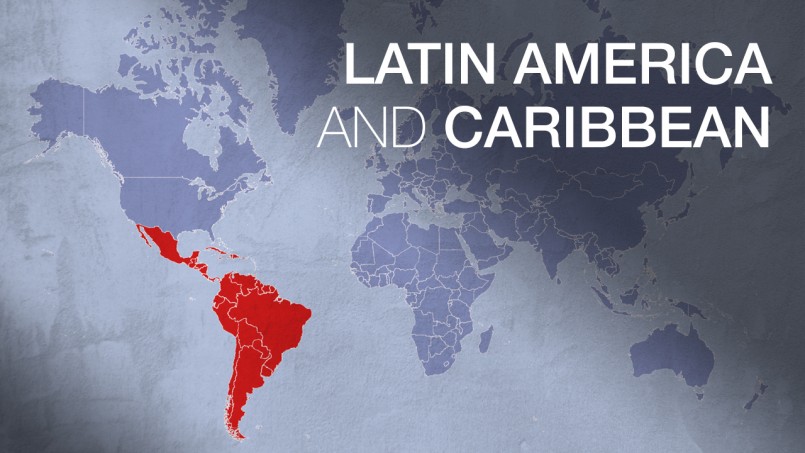Mexican authorities confirmed Jan. 5 that nationwide protests against the government’s recent gasoline and diesel price hikes have resulted in four deaths and more than 700 arrests. Officials also said that around 1,700 businesses have been looted over the past two days. In Veracruz, two people were found dead amid the looting and a third was killed by a driver fleeing police. A police officer was also killed in Mexico City while defending a gas station.
The protests began Jan. 1 in Mexico City following the implementation of a 20 percent increase in gasoline prices and a 16.5 percent increase in diesel prices. According to Treasury Secretary Jose Antonio Meade, the government will not be providing subsidies or fiscal incentives to the sectors of the economy most affected by the hikes. Over the past few days, the initially small demonstrations have spread to some 20 states. Despite the participation of left-wing organizations such as the National Coordinator of Education Workers, a dissident faction within Mexico’s National Education Workers’ Union, many of the rallies appear to have been motivated by citizens’ anger at the price increases. The protests have largely remained regional and have not yet coalesced into a coordinated national movement. Powerful trucking and transportation unions, however, have staged strikes in several states, lending weight to the demonstrations. Nevertheless, the transportation disruption is not yet severe enough to sway the government.
The protests have coincided with heightened pressure on the government from lawmakers, governors, mayors and the Roman Catholic Church to evaluate measures to reduce the harmful effects of the price hikes. But President Enrique Pena Nieto has rebuffed their criticism, insisting that alternatives to price increases would entail either tax increases or more budget cuts. The president argues that because there have already been deep spending cuts, any further belt-tightening would require the suspension of social programs. He has also pointed out that raising taxes would make Mexico less attractive to foreign investors. The price reform is part of a larger reform package — including energy, education, labor and fiscal reforms — that forms the cornerstone of Pena Nieto’s agenda, and he appeared on television late Jan. 5 to announce that his government has no plans to reverse its decision. The president added that because the cost of oil in Mexico has risen by 60 percent in the past year alone, failing to increase the price of gasoline accordingly would cost the government around $10 billion.
At the moment, the Mexican government appears determined to ride out the unrest as it did in the 2013-14 protests over education reform. And given the sporadic, localized nature of the demonstrations, the government’s approach might work. Even so, there is a risk of violent demonstrations spiraling out of control and sparking further protests. Supply chain disruptions could also occur as looters attempt to hijack gasoline trucks. The president’s liberalization measures are still likely to remain the law of the land in Mexico, no matter who wins the country’s 2018 presidential election, but they could face setbacks if leftist candidate Andres Manuel Lopez Obrador wins the upcoming vote.





